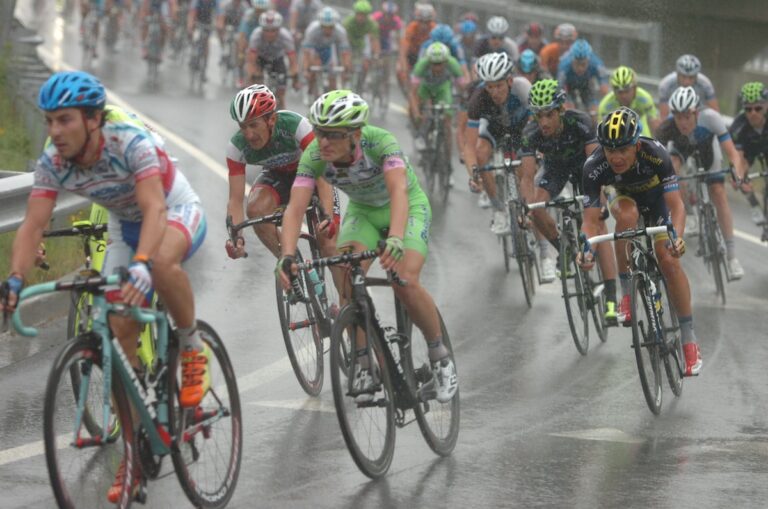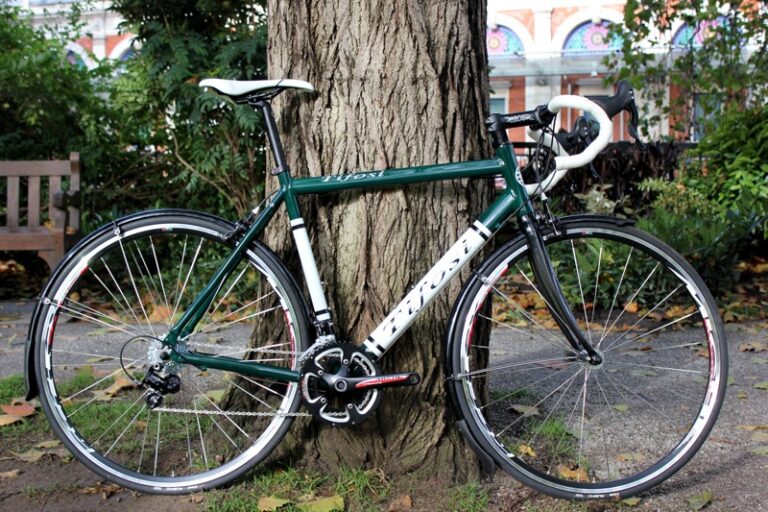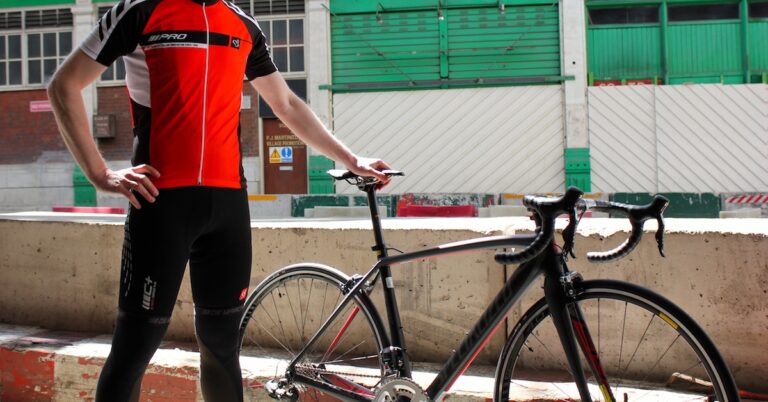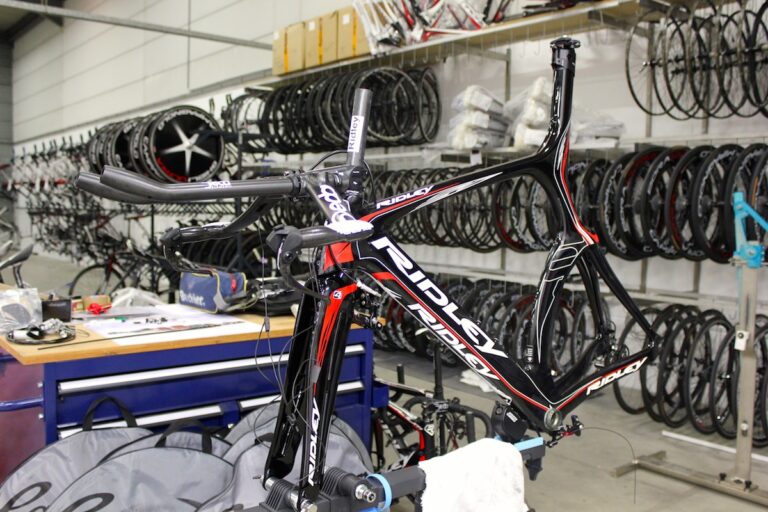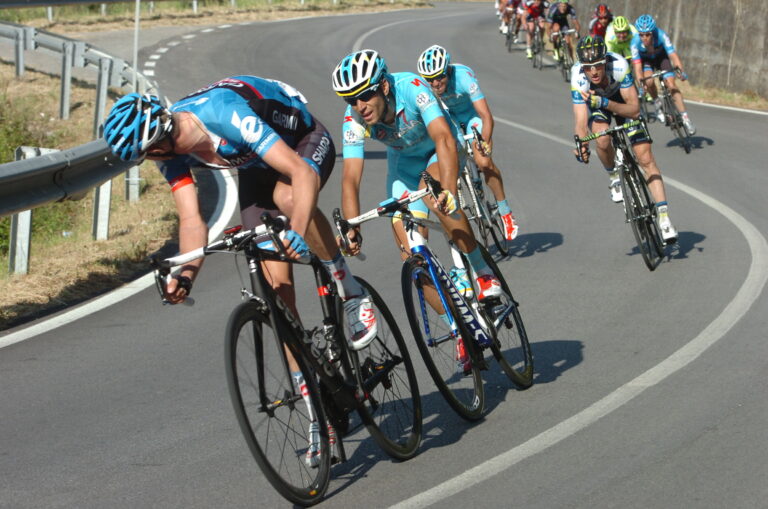Hills are the most challenging aspect of a sportive.
Most of us find them tough, and for obvious reasons. As soon as you start to go up so does the intensity of effort, and your heart rate will climb with you, testing your cardiovascular fitness and eating into your important glycogen reserves.
But aside from needing a trained set of heart and lungs, the considerable strength and skill elements to climbing are worth working on too. Back ache or pain may emerge as a limiting factor if you are not in good all-round shape with strong and flexible muscles. Having a smooth, practiced and efficient climbing technique will save you valuable energy to help you to go further or faster later on in your ride.
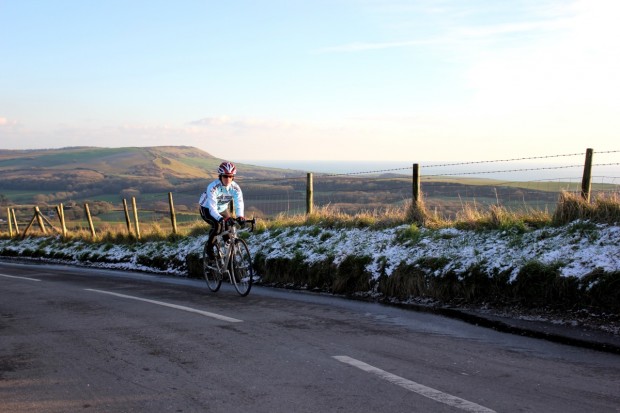
Long hills and endurance strength
There are many different types of hills but, let’s face it, the more climbing there is in a ride, the more kudos you will get for completing it. Longer climbs are best tackled with a seated climbing strategy. Staying in the saddle is less costly to the cardiovascular system than standing, and therefore more sustainable for most. On a long climb, it can help to stretch your back and body by standing for short periods, but most people will find it more efficient to stay seated for most of the time.
Seated and smooth
When you start to roll up a gradient, you will have to push and pull on the pedals with more muscular effort and your cadence (or leg speed) will slow. The first significant thing you should notice, if you have not deliberately and consciously done this before, is that at slower cadences and higher resistance, you are forced to work to achieve a more complete pedalling circle. You have to pull up as well as push down, and transfer the load more effectively across the top and bottom of the pedal stroke, recruiting more muscle groups and fibres than you would with lighter workloads. It is important you develop this climbing style and train the muscle groups in the correct timing of the action to develop their endurance strength and maximise their ‘team work’ in helping you to move forwards.
The immediate temptation when you hit a slope is to change down a gear or two, but if you are working on developing your muscular strength it is best to stay slightly ‘over-geared’ so you are a little bit uncomfortable. As a rough guide, try a pedalling rate of between 60 and 80rpm for this work, or at least 10 revs per minute below your normal pedalling speed (for the sportive, you would choose a more comfortable cadence, but for the purpose of training you need to create a slight ‘overload’). With added force through the legs, it is important to try to maintain light to moderate contact on the handlebars while focussing on holding your body still, and keeping your knees in line with your pedals. You may notice you are pulling lightly on the bars on the same side as the leg down stroke, but this should be ‘balancing’, without causing any ‘rocking’ or ‘nodding’ through your torso.
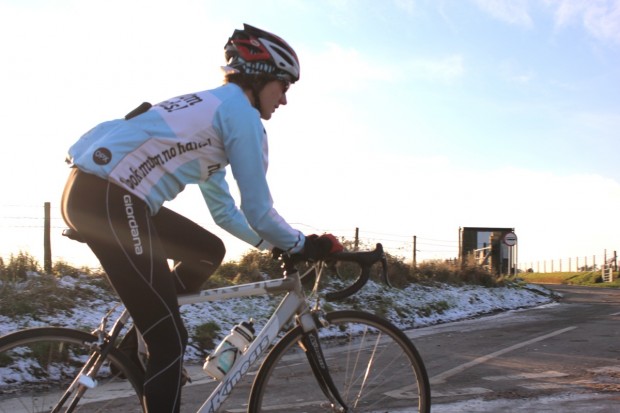
This approach, combining work on technique and strength, can be built into your daily riding where you find a longish gradient, even if it is not that steep. Anything over a minute will work well, and you can roll back down the hill and repeat it several times as your strength develops and progresses. On your longer weekend rides, seek out some longer hills and repeat these too, if you have a lot of climbing as part of your goal sportive.
Gradual increase in training load
While most riders tackling a long sportive know the importance of getting the miles in, you may not have considered how much climbing time you have included in your training. From a practical standpoint this poses obvious challenges as not many of us live close to alpine climbs that go on for kilometre after kilometre. But having said that it is really important you build your climbing ‘volume’ towards what will be required in your goal event. In the same way that you build and develop your cardiovascular endurance you need to build your muscular strength and in fact, lack of adequate preparation in this area is possibly more likely to cause you problems.
If you estimate there will be two hours of climbing in your goal event, you must find a way to incorporate enough overloading and hill repeats to prepare your body for that kind of challenge. Using the overload technique described above, you won’t quite need to match that duration within one ride, but if you aim for at least half the time you can be fairly confident that on the day the climbing will be within your ability.
Musculo-skeletal problems
Lack of climbing ‘volume’ in preparation for a hilly sportive will most likely leave you with back ache or knee pain if there are underlying issues that don’t show up on the flat. Often it is your back that will feel the load the most as it is flexed forwards and under significant load for unusual periods of time. Back ache is the thin end of a wedge that can lead to pain and injury so should not be ignored. If you ‘push through’ this type of discomfort with bloody minded determination, you may find your season becomes limited later on by developing problems.
Equally sometimes knee pain can emerge as a result of muscle imbalances around the hips and knee joint causing the knee to ‘track’ unevenly. If you have prepared sensibly and progressively and are still experiencing back or knee problems, it would suggest that putting in some work off the bike might be required. This may include stretching and lengthening muscles that are pulling your back and knees into a less than ideal position, or perhaps strengthening a weakened core. Stretching your hamstring correctly and using a foam roller on your illio-tibial band (or ITB) that runs along the outer thigh can help prevent these two commonly tight areas giving you back and knee problems respectively.
Next time…standing climbing technique

